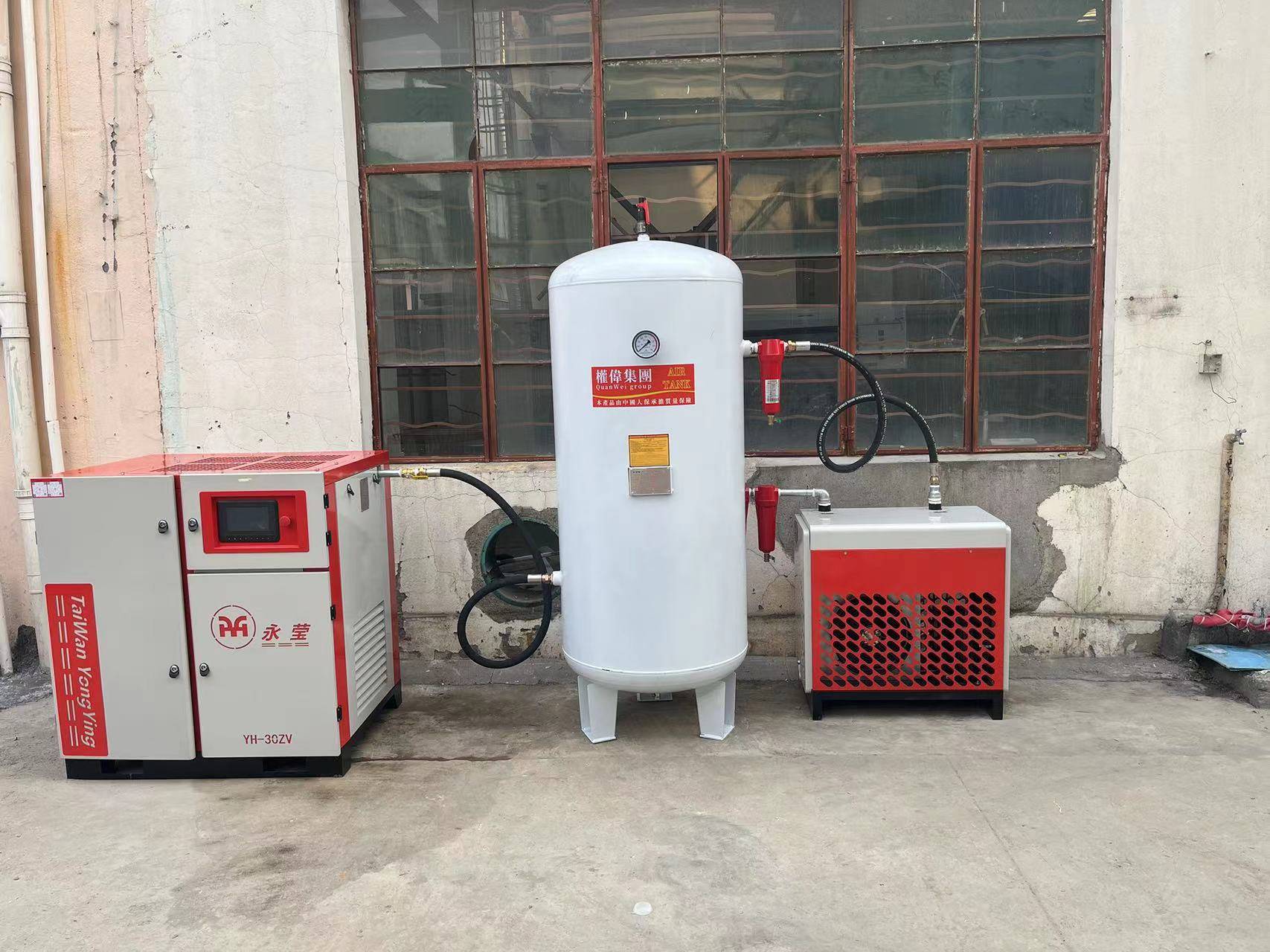There is often a misconception: an air compressor is a compressor. In fact, this is not the case. Air compressors and compressors are actually two different mechanical products, although they have certain commonalities and connections.

The conceptual difference between the two
An air compressor is an air compressor. It is mainly a mechanical product used to compress air and is used in many places. For example, one of the most commonly used functions of air compressors is to compress air and use it as power. It is widely used in the power industry. In addition, it can also be used to refrigerate and separate gases, transport gases, etc. Plays a very important role in life and work.
The compressor is a general term for a driven fluid machine that elevates low-pressure gas to high-pressure gas. There are many types of compressors, such as refrigerant compressors, hydrogen compressors, air compressors, etc. An air compressor is just one type of compressor.
Many people think that an air pump is an air compressor. Air pumps are what we called piston air compressors a long time ago. Nowadays, there are many types of air compressors, such as screw air compressors, oil-free air compressors, energy-saving variable frequency air compressors, etc. There are still differences in the principles of air pumps and air compressors.
The principle of both
The working principle of air compressor:
1. Intake process: When the rotor rotates, the tooth groove space of the yin and yang rotor turns to the opening of the air inlet end wall, and its space is the largest. At this time, the rotor tooth groove space is connected with the air inlet, because the gas in the tooth groove during exhaust When the exhaust is completed, the tooth groove is in a vacuum state. When it is turned to the air inlet, the outside air is sucked in and enters the tooth groove of the yin and yang rotor along the axial direction. When the gas fills the entire tooth groove, the air inlet side end face of the rotor rotates away from the air inlet of the casing, and the gas in the tooth groove is sealed.
2. Compression process: When the yin and yang rotors finish inhaling, the tooth tips of the yin and yang rotors will be closed with the casing. At this time, the gas will no longer flow out in the tooth grooves. Its meshing surface gradually moves toward the exhaust end. The tooth groove space between the meshing surface and the exhaust port gradually becomes smaller, and the gas in the tooth groove is compressed to increase the pressure.
3. Exhaust process: When the meshing end face of the rotor turns to communicate with the exhaust port of the casing, the compressed gas begins to be discharged until the meshing surface of the tooth tip and the tooth groove moves to the exhaust end face. At this time, the meshing surface of the yin and yang rotor is in contact with the exhaust port. The tooth groove space of the exhaust port of the casing is 0, that is, the exhaust process is completed. At the same time, the length of the tooth groove between the meshing surface of the rotor and the air inlet of the casing reaches the longest, and the air intake process starts again.
How a process compressor works:
Taking a common centrifugal compressor as an example, the steam turbine (or motor) drives the main shaft impeller of the compressor to rotate. Under the action of centrifugal force, the gas is thrown into the diffuser behind the working wheel. A thin zone is formed in the middle of the working wheel, and the gas in front enters the impeller from the steam inlet part in the middle of the working wheel. Due to the continuous rotation of the working wheel, the gas can be continuously thrown out, thus maintaining the continuous flow of gas in the air compressor. The pressure of the gas increases due to centrifugal action, and it can also leave the working wheel at a very high speed. The gas gradually reduces its speed through the diffuser, and the kinetic energy is converted into static pressure energy, further increasing the pressure. If the pressure obtained by one working impeller is not enough, the requirement for outlet pressure can be achieved by making multi-stage impellers work in series. The series connection between stages is realized through bends and refluxers. This is how a centrifugal compressor works.